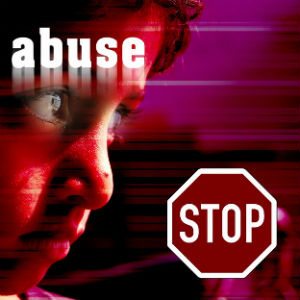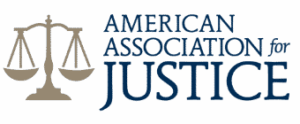
As we welcome the new month of April, many look forward to warmer weather and bright spring days. Yet, while this new season is generally looked upon with happiness and optimism there is a serious topic that affects millions of people across the globe calling us to take notice. Sexual assault is a global issue that does not discriminate. People of all age groups, races, religions, ethnicities, sexual orientations and so on are affected by sexual assault, and during the month of April, many people are attempting raise awareness.
Women first began bringing attention to the violence that they encountered in the streets at night in England in the 1970s. They held protests and called them Take Back the Night marches. As word of these marches grew to other countries, more people began to participate. The first Take Back the Night marches in America were held in 1978 in New York City and San Francisco. Soon the events grew to include awareness of sexual violence against men and steps men could take to help end sexual violence.
Find related articles on men and sexual assault here.
In the 1980s, a week in April was dedicated to being Sexual Assault Awareness Week. As time went on, advocates began holding events throughout the entire month of April. In 2001, the United States observed the first Sexual Assault Awareness Month in April. Since that time the National Sexual Violence Resource Center (NSVRC) and several other advocacy groups have planned campaigns and events during April to spread awareness and work to prevent sexual assaults from occurring.
According to the NSVRC, the theme of 2016’s Sexual Assault month is Prevention is Possible. The theme was announced in December of 2015 and promotional materials were made available by the end of January 2016. This year’s campaign provides community leaders, businesses, advocates, campus leaders, and more with tools to promote prevention.
Also see: Man Up – Men Against Sexual Violence
Many communities, especially schools, use the month of April to host events that will bring awareness and educate the public on the topic of sexual assault. Many facilities are observing April 5th as a “Day of Action” and have planned several activities to engage people in for the nationally recognized day.
No one wants to believe that someone would take advantage of an innocent child, but the reality is that 1 in 10 children will be sexually abused before they turn 18-years-old. There are four major types of child abuse:
Beating, pushing, shaking, pinching, burning, hair pulling, biting, and choking are all forms of physical abuse. While some of these don’t leave physical scars, the constant abuse can leave emotional and mental scars.
Using guilt, withholding love, name calling, and shaming to get a child to do what you want and make them feel insignificant are all forms of emotional abuse.
Failing to provide a child with food, shelter, clothing, medical care or whatever else they need is neglect. This is also the most frequent form of child abuse.
Any sexual contact between an adult and child is sexual abuse. This may include:
In about 90% of all child sexual abuse cases, the child is being abused by someone that they know.
In many cases, the abuse could have been stopped much sooner than it was if someone had seen the warning signs. This can include:
If you or a loved one suspect child abuse is taking place, it’s important to seek help as soon as possible, including contacting an attorney.
In many cases, the victims and even the caregivers of the child can pursue a sexual abuse lawsuit against the person who committed this heinous crime.
This lawsuit is in addition to any criminal charges brought against the defendant and is designed to provide the plaintiffs with compensation for a variety of losses. For the child, this can include monetary compensation for their physical trauma and emotional trauma, as well as any medical expenses that arise from the trauma they sustained. The caregivers can seek damages to cover the emotional turmoil they have suffered knowing that their child was abused at the hands of another.
Compensation may be received in the form of damages awarded at the end of a trial by a judge and/or jury, or it may come through a settlement agreement negotiated between the plaintiffs and defendants.
The amount a case is worth varies. Many factors are taken into account, such as how long the abuse went on for and if the physical damages left permanent scarring or disfigurement. An experienced attorney can review a case and provide the plaintiff with an estimate of how much they may be able to obtain.
Absolutely. Plaintiffs have the option of filing as a Jane or John Doe, only releasing their name to the parties involved and the court. In fact, in a recent case where a young woman took a stand against sexual assault and decided to seek justice against her attacker, Brock Turner, she was able to file and release the letter she read on the stand for the nation to hear, all while staying completely anonymous.
Lawsuits do take time. The fastest cases are resolved within a few months, but in some cases, it may take over a year. That shouldn’t deter a victim from filing. It may be a long road but the results can be life-changing and provide the plaintiff with a sense that justice has been served.





